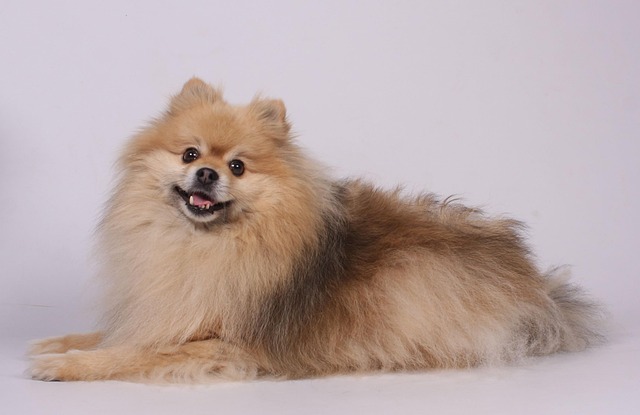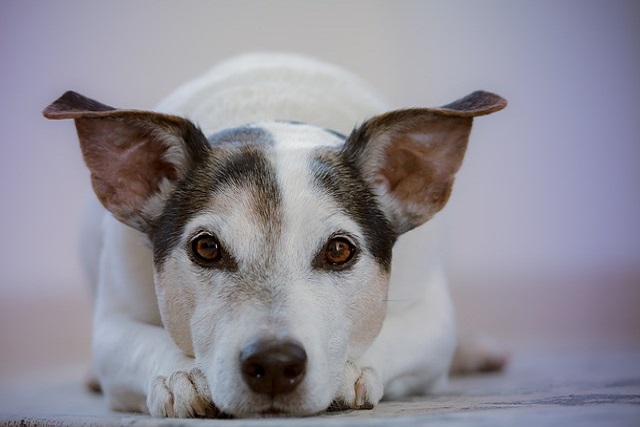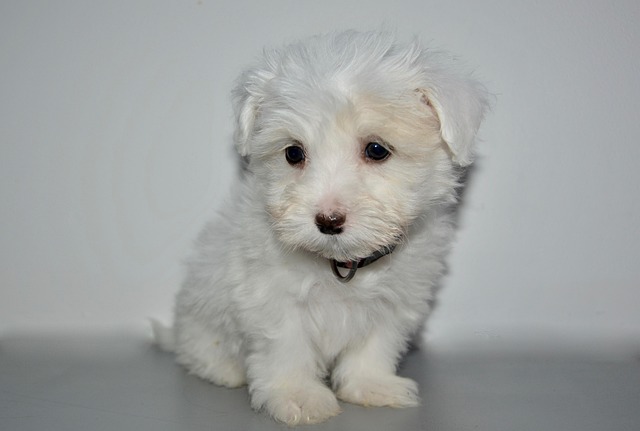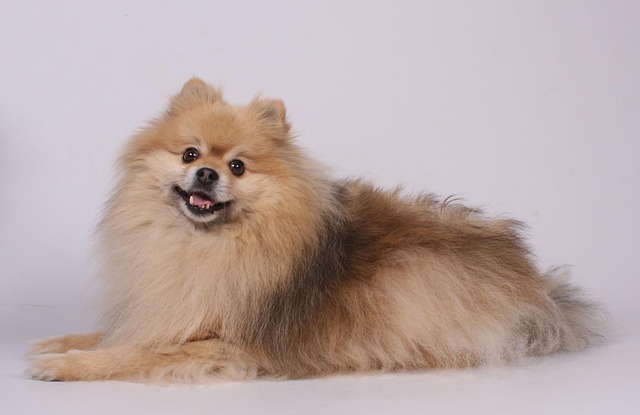If you’ve ever found yourself tangled in a sea of fur while cuddling your long-haired dog, you know grooming isn’t just a luxury—it’s a necessity. But how often should you reach for the brush? The answer depends on a mix of breed, lifestyle, and your dog’s individual quirks.
Think of grooming as a conversation between you and your furry friend. Some long-haired breeds like Shih Tzus and Afghan Hounds have hair that grows continuously, much like human locks. For these divas of the dog world, aim for a daily brushing session. This isn’t just about keeping tangles at bay; it’s a chance to bond while preventing painful mats that can pull on the skin.
Lifestyle plays a huge role too. If your pup loves romping through forests or splashing in puddles, you might need to up the ante. Muddy adventures can turn soft fur into a matted mess overnight. After outdoor escapades, a quick towel dry followed by a gentle brush can save you hours of detangling later. And don’t forget—local leash laws and public health codes may require clean, non-matted coats in public spaces.
 For those who prefer professional help, most groomers recommend a full haircut every 4-8 weeks for long-haired breeds. But remember, this isn’t a one-size-fits-all solution. Puppies may need more frequent trims as their coat develops, while seniors might tolerate less handling. It’s all about finding what makes your dog comfortable.
For those who prefer professional help, most groomers recommend a full haircut every 4-8 weeks for long-haired breeds. But remember, this isn’t a one-size-fits-all solution. Puppies may need more frequent trims as their coat develops, while seniors might tolerate less handling. It’s all about finding what makes your dog comfortable.
When grooming at home, invest in quality tools. A slicker brush works wonders on fine, silky coats, while a comb with wide-spaced teeth tames thick undercoats. And always check local animal welfare regulations—some areas restrict at-home use of certain clippers to prevent accidental injuries.
Bathing frequency is another piece of the puzzle. Overwashing strips natural oils, leaving fur dry and brittle. Aim for once every 4-6 weeks, or as needed if your dog gets particularly dirty. Use dog-specific shampoos—human products can disrupt your pet’s pH balance, which is important under animal care laws.
Pay special attention to sensitive areas like paw pads, ears, and the underbelly. Mats in these spots can cause infections or discomfort. Regularly check for signs of irritation, and consult a vet if you notice redness or swelling. This kind of proactive care not only keeps your dog healthy but also ensures you’re meeting animal welfare standards.
Grooming isn’t just a chore—it’s an opportunity to show your dog how much you care. By understanding their unique needs and following local regulations, you’ll keep your long-haired companion looking and feeling their best. So go ahead, grab that brush, and turn grooming time into quality bonding time. Your dog will thank you with plenty of tail wags and slobbery kisses.

 For those who prefer professional help, most groomers recommend a full haircut every 4-8 weeks for long-haired breeds. But remember, this isn’t a one-size-fits-all solution. Puppies may need more frequent trims as their coat develops, while seniors might tolerate less handling. It’s all about finding what makes your dog comfortable.
For those who prefer professional help, most groomers recommend a full haircut every 4-8 weeks for long-haired breeds. But remember, this isn’t a one-size-fits-all solution. Puppies may need more frequent trims as their coat develops, while seniors might tolerate less handling. It’s all about finding what makes your dog comfortable.



